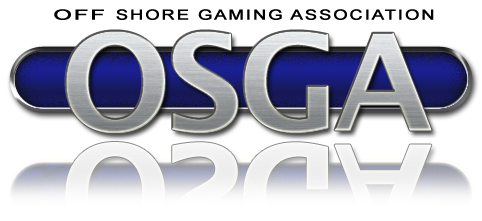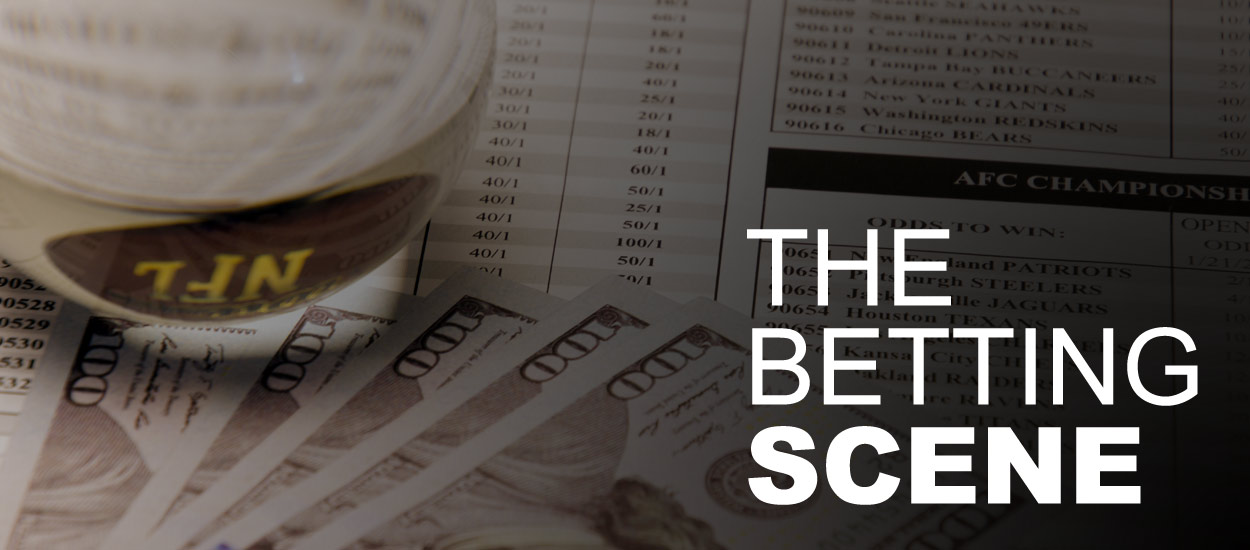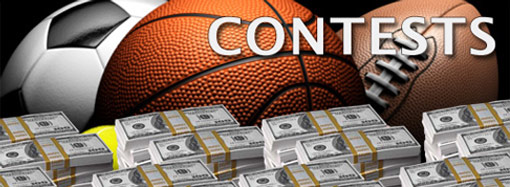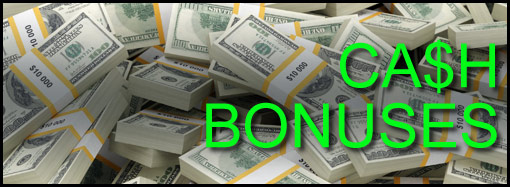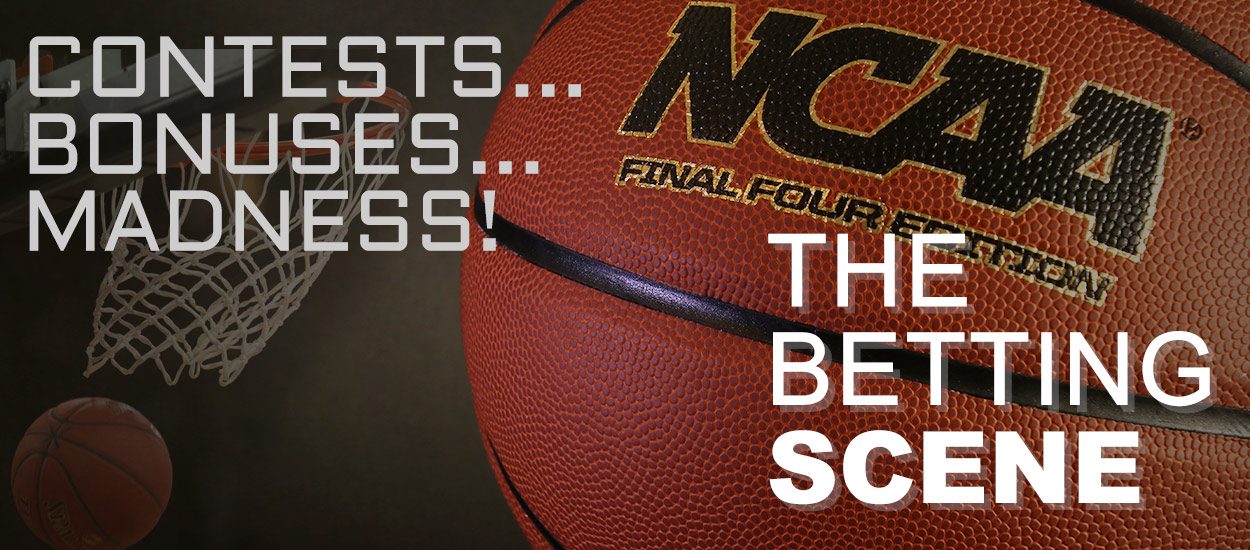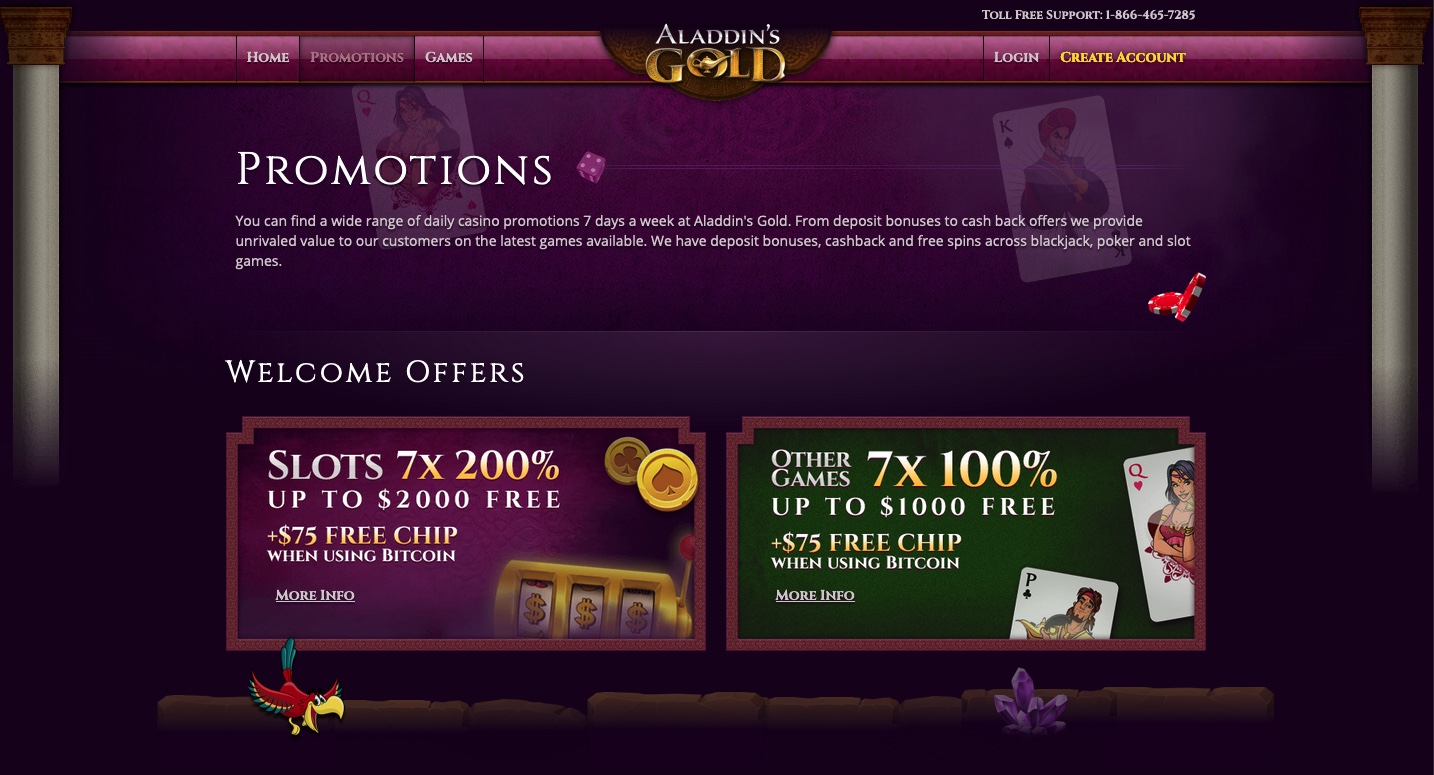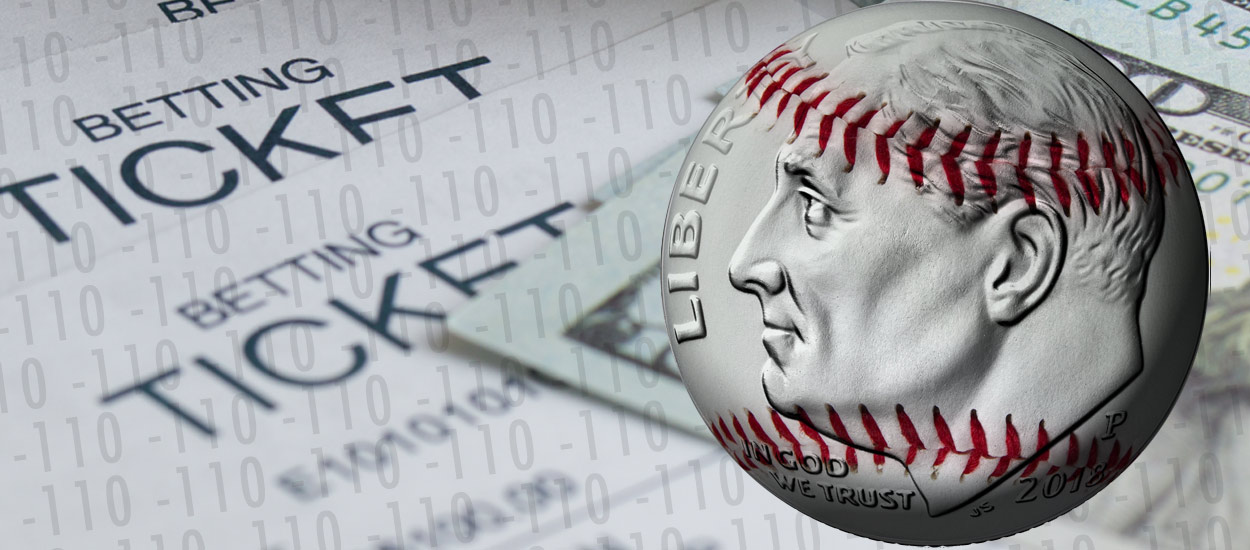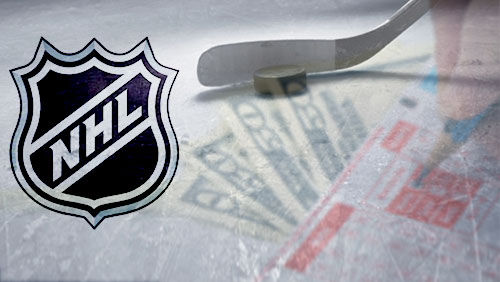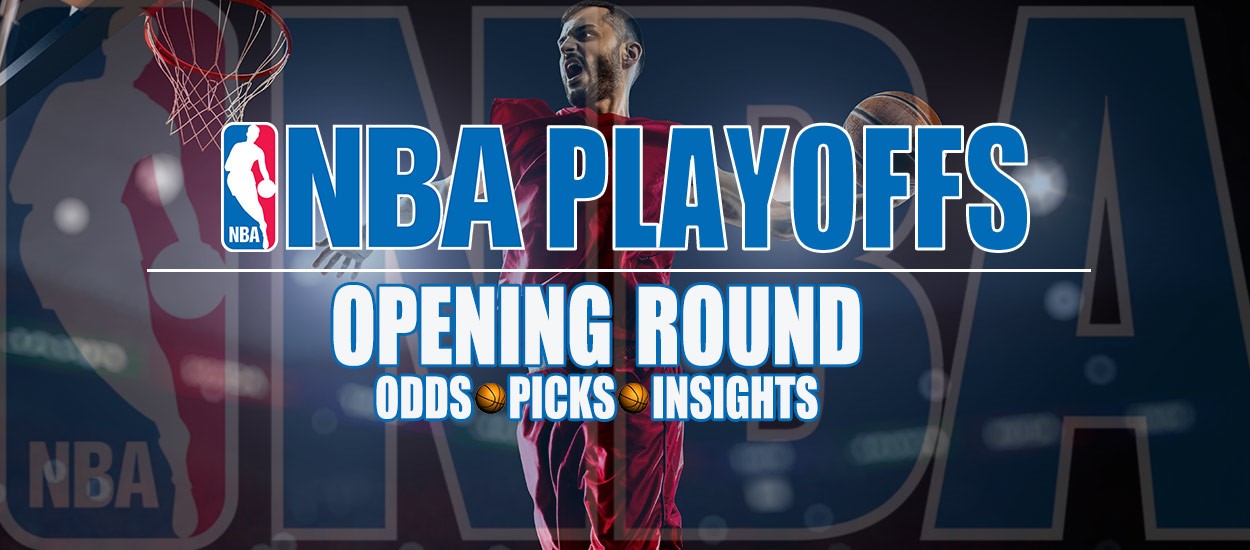In the list of things that have annoyed Las Vegas visitors, paying for parking is at the top, or close to it. Which might be why one of the biggest names on the Las Vegas Strip is backing off charging customers for parking—kind of.
What’s interesting—and maybe gives an insight into consumer behavior broader than parking—is precisely what visitors to Las Vegas get angry at. Changing payouts on blackjacks from 3:2 to 6:5, which shifts the house edge to about 2 percent? Outrage, threats to never return again.
Yet few people protest keno, which has a house edge of 20 to 35 percent. Those who know just avoid the game.
Likewise, few people loudly complain that the Wynn Buffet charges $20.99 for breakfast, when Palace Station charges $7.99, because presumably Wynn offers $13 more of a breakfast buffet experience than Palace Station. And there’s the location. If you’re vacationing or attending a convention at Wynn, the ten minute drive to Palace Station, coupled with the ten to 15 minutes on each side to park and walk to the restaurant, might be worth that extra $13, even if the hash browns aren’t. Taking a taxi or rideshare adds at least $10 to the equation, plus the time to hail and find a ride.
Convention catering is notoriously steeply-priced. At The Mirage, for example, a single Brazilian coconut shrimp will set the average meeting planner back $9.50, plus a 19 percent gratuity, four percent service charge, and 8.25 percent tax rate. That’s not for a plate of shrimp—that’s for a single shrimp. The minimum order of 50 pieces runs more than $636. While that price certainly scares a few groups away, someone must be paying for $1,100 veggie trays (which serve 75 people, tip, service, and tax included), since they haven’t lowered the price.
But Wynn’s buffet has always been pricy, and convention catering isn’t a bargain anywhere, much less Las Vegas. Keno has been a sucker game since it was invented. Blackjack, though, was almost universally a 3:2 game until a few years ago. And parking, on the Las Vegas Strip at least, was always free-until it wasn’t. People don’t mind paying too much for something that always has been expensive, but paying—even a nominal amount—for something they’ve long had for free can be a deal breaker.
Doomsday for acres of free parking at Las Vegas Strip casinos was in 2016, when MGM Resorts International began charging to park at 11 of its Las Vegas Strip properties (self-parking at Circus Circus remained, and remains, complimentary). Caesars Entertainment soon began charging at most of its properties, as did the Cosmopolitan and Wynn Las Vegas.
To say that visitors were outraged is putting it lightly. Prices in Las Vegas, especially on the Strip, are as high as they’ve ever been, and adding another charge on top of resort fees and deteriorating game odds was, many felt, a bridge too far. Making matters worse, parking rates have increased substantially since 2016.
Before ownership of Las Vegas Strip casinos was concentrated in a few companies’ hands, innovations like charging for what was once free were seldom attempted, since it would be easy for customers to avoid one property that did something they didn’t like. It’s a bit harder to do that when ten casinos roll out the same policy overnight. In this case, paid parking snowballed once MGM began it; since its neighbors did not want to see visitors parking in their garages to patronize MGM properties, although it’s doubtful that they were upset at the extra “free” money coming in. So, within a matter of months, paying for parking on the Strip became a reality.
Has paid parking hurt business on the Strip? According to MGM’s 2017 4th quarter report, both slot handle and occupancy fell slightly in 2017, the company’s first full year with pay parking. Revenues in other areas increased, but these are signs of that overall demand is not growing robustly. Overall, visitation to Las Vegas as a whole fell 1.6 percent, and total room occupancy slipped as well. While many operators have reported increases in total income, it certainly seems that paid parking is not inspiring more people to visit Las Vegas.
Which may be why Wynn Resorts, which started charging for self- and valet-parking in August 2017, recently announced it is retreating—somewhat—from parking fees.
Guests will still have to pass through gates at the parking garage and take a ticket. If they spend $50 or more, though, they are eligible for one day’s free parking. This isn’t going back to the good old days of easy come, easy go sliding in and out of garages at will, but it’s more of a retreat than any casino has offered on resort fees, which are more entrenched than ever and continue to escalate.
Why the change? Wynn Resorts spokesperson Deanna Petit-Irestone explains.
“Our guests choose to stay with us because of the attention we give to perfecting every detail of their experience,” she says, “and we came to believe that charging additional parking fees is counter to the personalized service we provide. This new policy directly reflects the way we know our guests want and deserve to be treated. The approachable spend amount ($50) is designed to ensure that parking remains plentiful for resort guests, while reducing parking overflow from neighboring businesses. Adding further value to the new policy is the ability to divide one total spend among several vehicles. For instance, if four visitors in four separate vehicles spend $200 at a restaurant, all four vehicles will be validated.”
The change in policy to allow validation is a sign that perhaps paid parking has not been the boon that some forecast it to be. As with resort fees and other upcharges, those who argue against it internally face an uphill battle, because proponents can point to actual dollars earned, while the other side can only hypothesize that parking charges are a drag on overall revenues. Of course, checking out online comments makes it clear that most customers despise paying for parking, but that’s not the kind of evidence that goes far in executive meetings.
Wynn’s reversal is the first sign that paid parking is not going away, but that it might be modified. Both Wynn and Encore are among the most expensive properties on the Strip, and if validating parking has a positive impact on visitation and spending, their competitors would strongly consider following suit. Allowing validation might make less money directly from parking, but if waiving a $12 parking fee is the tipping point that brings a customer in to spend $100 or more on a meal or, perish the thought, gamble, it’s hard to see how casinos would be missing out by doing so.
For years, the “something for nothing” that Las Vegas casinos promised was the ability to lose money playing games of chance. Perhaps Las Vegas in 2018 is a place where “something for nothing” means scoring “free” parking when spending hundreds on show tickets and dinner.
The more things change, the more they stay the same.
David G. Schwartz is a historian, Director of the Center for Gaming Research & instructor at UNLV, and former casino employee who writes about casinos, gaming, tourism, & Las Vegas.
This article is a reprint from Forbes.com. To view the original story and comment, click here.


